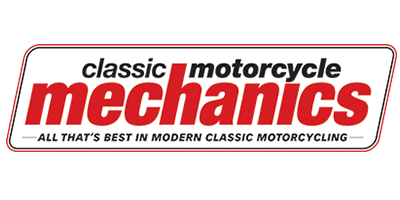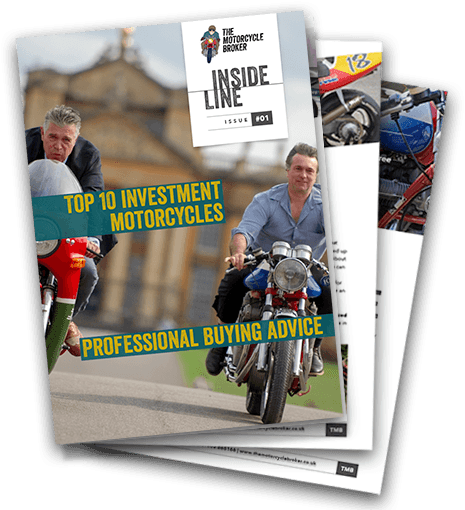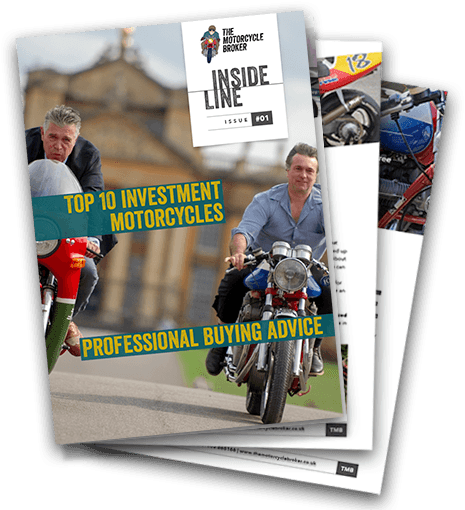Watches, classic cars, art, fine wine are all great tangible assets and they all offer tax-free profits because of their status as a chattel. Chattel investments attract absolutely no tax liabilities on profits and you can see the letter from HMRC confirming this here. That’s right, no Capital Gains Tax and no income tax, if they are part of a private collection. But investors are missing a trick that the fund managers are waking up to.
The best performing tangible asset, by far, is emerging market classic motorcycles. Because these are just now becoming desirable, they have a long way to go to mature fully, price-wise. These machines are the Broughs, M V Agustas and Vincents of the future. These top-end British, and Italian, motorcycles are already attracting the attention of tangible asset fund managers, because they offer consistent returns well above inflation. But, having already made the lion’s share of their appreciation of value, fund managers are seeking out the Broughs of the future. Consequently, emerging market classic motorcycles offer far greater returns and then will increase at a similar rate to Broughs and Vincents today.
So what evidence do I have about tangible asset managers chasing classic motorcycles? I have been contacted by them and, in the interests of client confidentiality, I cannot say anything more. Even if they do not invest, the simple interest shown by them is indicative that these are a stable asset and they offer the type of immense returns they are seeking. Not only that, they are beautiful and fun and fund managers would like to arrange a fund where investors can ride the machines held by the fund. Hmmm, now that’s a tough one.
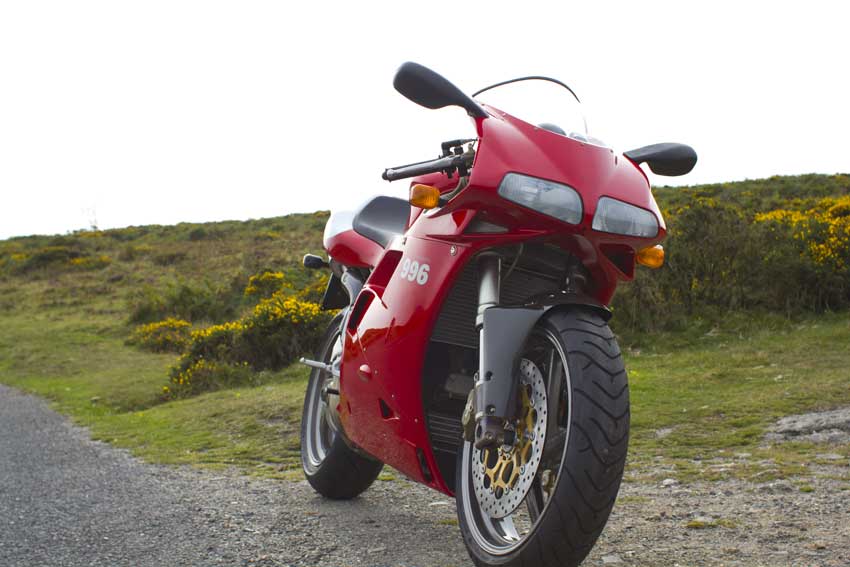
This very special, unique, Ducati 996SPS has increased in value by 200% since 2012 and has a lot further to climb for many reasons. For sale here.
These find managers are all asking the same question. What is driving this appreciation in value? So I answer two simple forces.
1 Demographics and
2 The cost of restoration.
Looking at demographics, there are emerging market classic motorcycles that everyone rode when they were growing up in the 1960s, 70s and 80s. At that time young people could not afford car insurance and rode motorcycles until they were twenty-one. So there are a lot of people in their forties and fifties, whose children have left home, the house is paid for and they are sitting on a lot of cash. Where did all this cash come from? They bought property in the 80s and 90s and they have decent jobs with a lot of assets, great pay, shares and very low overheads. They now hanker after the machines they either owned or hankered after in their youth. However, many of those machines have been chopped, destroyed, forgotten about or require restoration.
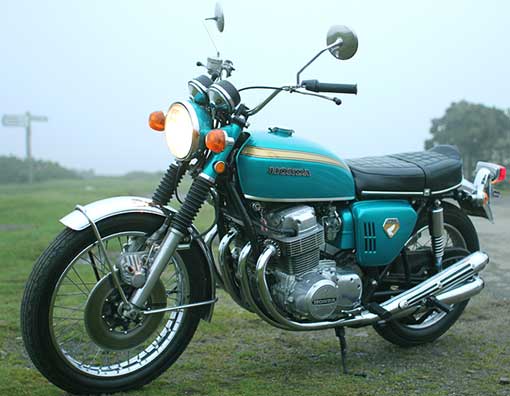
This Honda CB750K0 has increased in value by over 100% since 2012 and still has a long way to go to reach its true value.
The costs of restoring many of these emerging market classic motorcycles is three times the cost of buying an immaculate machine without taking labour costs into account. These two factors alone will force the price of such machines to the levels of many historic British and Italian motorcycles. And that doesn’t even allow for when China will allow the importation of motorcycles again. Once that happens, which I have on good authority will be within five years, add a zero to the price of these bikes within ten years.
Although watches, classic cars, art and fine wine offer great returns, they are not a shadow of the returns offered by the correct emerging market classic motorcycle. Many people disillusioned with their pensions are now buying a classic motorcycle on finance instead of paying into a pension.
Which ever way you look at it, the correct emerging market classic motorcycle will offer far greater returns than money in the bank and they will also bring you a great deal of joy.
- Most collectible Ducati 916 SP - June 20, 2024
- Classic Motorcycles: To ride or not to ride? - June 17, 2024
- Classic Motorcycles: To ride or not to ride? - June 17, 2024




